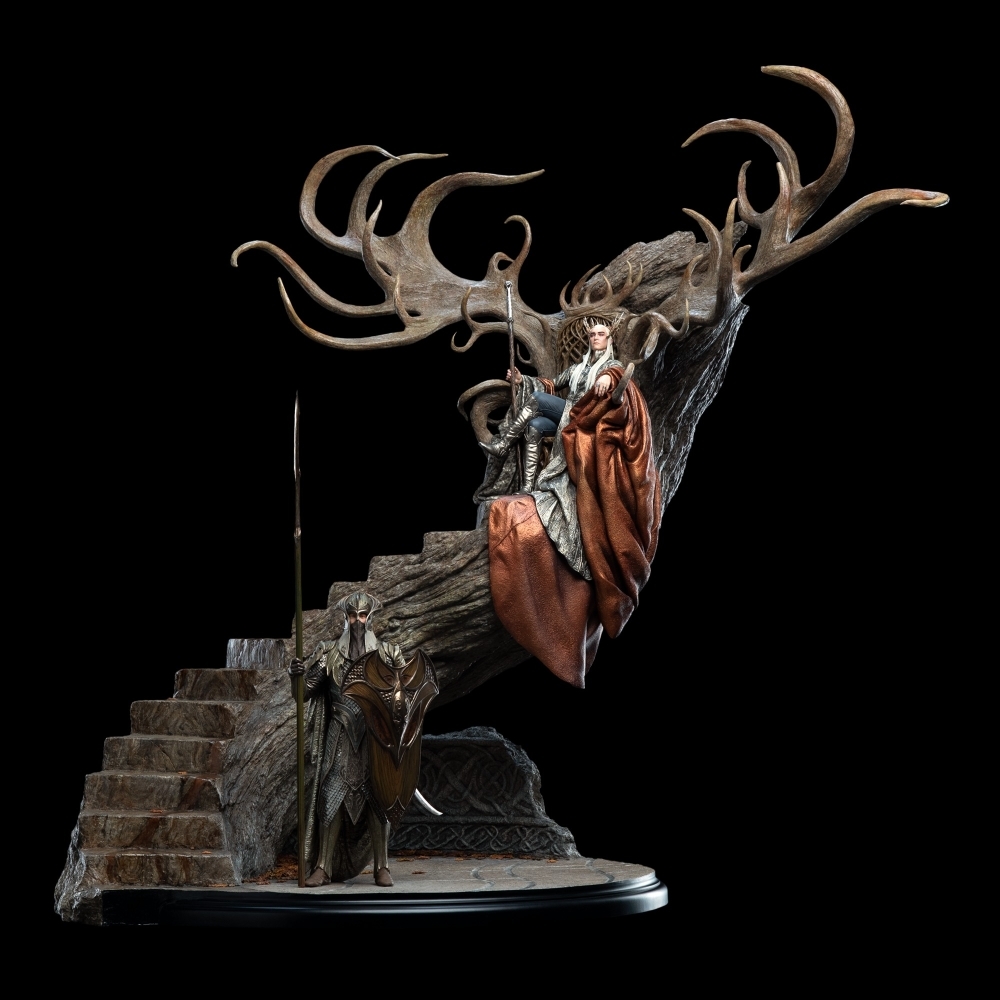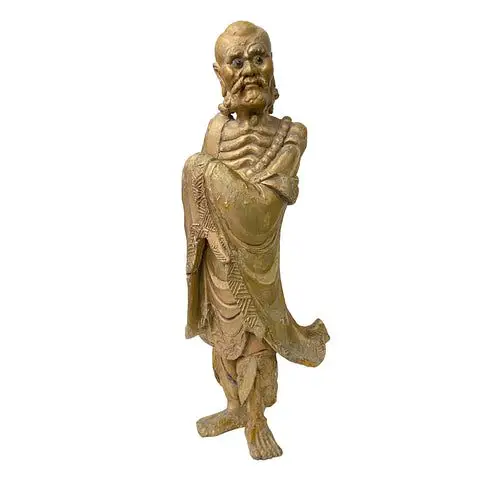Wood figuring is the natural pattern, texture, or design found in wood grains, which adds aesthetic value to woodworking projects. Wood figuring refers to the unique characteristics found in wood grains that enhance the visual appeal of wooden objects.
Whether it’s the swirling patterns in burl wood or the straight lines in quarter-sawn lumber, wood figuring can create stunning visual effects. This natural beauty is often sought after by woodworkers and enthusiasts alike, as it adds uniqueness and personality to their creations.
From furniture and flooring to decorative items and instruments, wood figuring is a prized feature that showcases the inherent beauty of wood. By understanding different types of wood figuring and incorporating them into their projects, craftsmen can create stunning pieces that stand out from the rest.

Credit: www.wetanz.com
The Art Of Wood Figuring
Discover the intricate beauty of wood figuring, a captivating art form that showcases natural wood grains and patterns. From marbling to quilting, this woodworking technique transforms ordinary wood into stunning, one-of-a-kind pieces, adding a unique touch to any project or design.
History And Origins
The art of wood figuring is a centuries-old practice that has captivated artists and enthusiasts alike. Its origins can be traced back to ancient civilizations such as Egypt and China, where woodcarving was deeply ingrained in their cultural traditions. In Egypt, wood figures were crafted for decorative purposes and as representations of gods and goddesses. Chinese woodcarvings, on the other hand, were heavily influenced by Taoist and Buddhist beliefs and often adorned temples and shrines.
Types Of Wood Figuring
There are various types of wood figuring techniques that showcase the versatility and beauty of this art form. Let’s explore some of the most popular ones:
- Relief Carving: This technique involves carving figures or designs into a flat wood surface, creating a three-dimensional effect. It is commonly seen in architectural elements, decorative panels, and furniture.
- Intaglio Carving: In this technique, the artist carves the wood inwards, creating depressions and grooves. This method is often used to create intricate patterns and designs.
- Sculptural Carving: Sculptural carving refers to the creation of free-standing wood figures, where the artist fully shapes and sculpts the wood to create lifelike sculptures. This type of carving requires a high level of skill and precision.
- Chip Carving: Chip carving involves the meticulous removal of small chips of wood from the surface to create patterns and designs. The technique requires careful planning and execution to achieve intricate and symmetrical patterns.
- Whittling: Whittling is a more informal and freeform type of wood figuring, where the artist uses a knife to shape and carve the wood. It is often associated with smaller-scale projects, such as figurines and decorative objects.
Whether it’s relief carving, intaglio carving, sculptural carving, chip carving, or whittling, each technique brings its own unique charm to wood figuring. Artists and enthusiasts can explore these techniques to showcase their creativity and create stunning pieces that celebrate the beauty of wood.
Mastering Woodworking Techniques
Woodworking is a craft that requires both skill and creativity. To truly master the art of wood figuring, one must become proficient in a variety of woodworking techniques. Whether you’re a beginner or an experienced woodworker, honing your skills in choosing the right wood, enhancing wood figuring with finishing techniques, and precision cutting and shaping can take your projects to the next level.
Choosing The Right Wood
One of the key factors in creating stunning wood figures is selecting the right type of wood for your project. Different woods have distinct characteristics and grain patterns that can greatly influence the end result. Here are some considerations to keep in mind while choosing the right wood:
- Decide if you want a softwood or hardwood, each providing different textures and durability.
- Consider the color and grain pattern of the wood to match the desired aesthetics.
- Ensure the wood is properly cured and stable to prevent warping or cracking in the future.
- Take into account the availability and cost of the wood, especially if you’re working on a budget.
Enhancing Wood Figuring With Finishing Techniques
Once you have chosen the perfect wood for your project, the next step is to enhance its beauty through finishing techniques. These techniques not only protect the wood but also accentuate its natural grain and color. Here are some finishing techniques to consider:
- Apply a wood stain or dye to enrich the color of the wood.
- Utilize a clear finish such as varnish or lacquer to protect the wood and bring out its natural shine.
- Consider using techniques like distressing or antiquing to create unique and aged effects.
- Experiment with different surface treatments like sanding, brushing, or planing to add texture and depth to the wood.
Precision Cutting And Shaping
Precision cutting and shaping are essential skills for creating intricate wood figures. The ability to accurately cut and shape wood allows you to bring your envisioned design to life. Here are some tips for mastering precision cutting and shaping:
| Tips for Precision Cutting and Shaping |
|---|
| Use high-quality and sharp tools to ensure clean and precise cuts. |
| Take precise measurements and mark the wood before making any cuts. |
| Practice control and stability while maneuvering the tools to avoid accidental mistakes. |
| Invest in various cutting and shaping tools like chisels, hand saws, and routers to execute different techniques. |
Tools Of The Trade
Wood figuring is a craft that requires a set of specialized tools to create intricate designs and patterns on wood surfaces. These tools, known as the ‘tools of the trade’, are essential for every woodworker and wood figuring enthusiast. Having the right tools not only ensures precise and detailed wood figuring but also makes the process more enjoyable and efficient. In this section, we will explore the essential woodworking tools and specialized tools specifically tailored for wood figuring. Let’s delve into the world of tools used in the art of wood figuring.
Essential Woodworking Tools
- Chisels: These are fundamental tools for shaping and carving wood, essential for creating detailed figures and patterns.
- Hand Saws: Precise cutting is crucial in wood figuring, and hand saws are versatile tools for achieving various cuts.
- Clamps: Clamps are essential for securing the wood piece in place, allowing for stable and controlled work during the figuring process.
Specialized Tools For Wood Figuring
- Woodburning Tools: These specialized tools, such as pyrography pens, are designed for creating intricate designs and textures by burning the wood’s surface.
- Carving Knives: Specifically designed for detailed and delicate carving work, these knives allow for precision and control in shaping the wood.
- Woodworking Router: An essential tool for adding decorative edges and patterns to the wood pieces, enhancing the overall appearance of wood figuring projects.

Credit: www.amazon.com
Creating Stunning Wood Figuring Projects
Design Inspirations And Ideas
Get inspired by nature for unique wood figuring designs. Consider animals, patterns, or abstract shapes.
Step-by-step Project Execution
Follow these simple steps for your wood figuring project:
- Choose Wood: Select the type and size of wood for your project.
- Design Sketch: Draw a rough sketch of your desired figure on the wood.
- Carving Process: Carefully carve the wood following your sketch.
Design Inspirations And Ideas
- Nature-Themed: Create animals or plants inspired designs.
- Geometric Shapes: Experiment with geometric patterns and shapes.
Step-by-step Project Execution
| Select Wood | Choose the right wood type for your project based on durability and beauty. |
| Sketch Design | Draw a detailed design on paper before transferring it to the wood. |
| Begin Carving | Use appropriate carving tools to sculpt the wood according to your design. |
Preserving And Showcasing Wood Figuring
Wood figuring is a cherished art form that captures the natural beauty and uniqueness of each piece of wood. Preserving and showcasing wood figuring is essential to maintain its beauty and longevity. Proper storage and display methods can help ensure that these intricate pieces are enjoyed for years to come.
Proper Storage And Maintenance
- Store wood figuring in a cool, dry place away from direct sunlight to prevent fading and warping.
- Regularly dust and polish the wood to maintain its shine and prevent dirt buildup.
- Avoid placing wood figuring near sources of heat or moisture to prevent damage.
Displaying Wood Figuring Artwork
- Choose a well-lit area to showcase the wood figuring, highlighting its intricate details.
- Use pedestals or shelves to elevate the artwork and create visual interest.
- Rotate the display periodically to prevent prolonged exposure to light and dust.

Credit: www.amazon.com
Frequently Asked Questions For Wood Figuring
What Does Figuring Mean In Wood?
Figuring in wood refers to the characteristic patterns, textures, and markings that are naturally present on the surface. It includes grain patterns, knots, and other unique visual features that add to the beauty and appeal of the wood. These patterns vary depending on the type and quality of wood used.
What Is The Difference Between Figured And Curly Wood?
Figured wood showcases distinctive patterns such as tiger stripes or burls, caused by changes in the grain structure. Curly wood, on the other hand, displays tight, wavy grain patterns that reflect light in an attractive manner.
What Causes Flame Figuring In Wood?
Flame figuring in wood is caused by irregular grain patterns, creating a wavy, flame-like appearance. It’s a result of how the tree grows and is seen in certain species like maple and koa. The unique patterns add visual interest to wood products.
What Is The Difference Between Plain And Figured Wood?
Plain wood has a uniform grain pattern, while figured wood displays unique patterns like curls or waves.
Conclusion
Wood figuring adds a unique touch to any space. Its natural beauty and intricate designs can enhance the aesthetics of your home or office. With a wide range of options available, you can find the perfect wood figure to showcase your personal style.
Explore the beauty of wood figuring to elevate your space.


